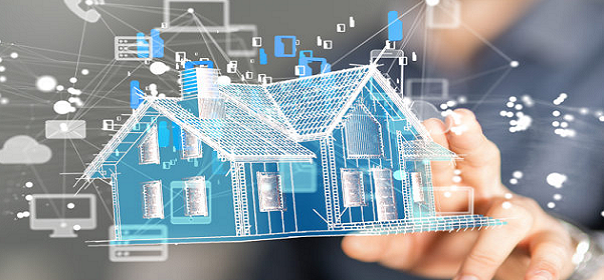Today’s home buyer expects to find living environments that can be customized to meet their specific needs. Millennials, in particular, are leading this desire for customization. For architects and designers, this indicates that builders will need their assistance to create the homes of their customers’ dreams. Trends define a generation. In architecture, they create moods for the industry and determine how personal space may influence daily lifestyles.
1. Hidden technology: The newest home technology is more integrated than ever before. Consumers desire connected home features that simplify their lives, while also blending into the rest of the home. For example, the Smart Kitchen Suite allows remote control of the refrigerator, dishwasher, and range via mobile app, making everyday tasks more efficient. Users can adjust cleaning cycles on the Smart Dishwasher, preheat the oven, adjust cooking time, or even reorder supplies—all from a mobile device. In the quest for customization, the connected home may take on different interpretations to different consumers; however, ease of use is a crucial component of the connected home. Architects should work with builders to ensure customization is part of the plan from the beginning, and also that new homes are optimized for Wi-Fi connectivity based on the size and layout of the home.
2. Flexible living spaces: Families’ changing lifestyles demand changing living spaces. Dedicated kitchen, living, and dining rooms have largely been replaced by large multipurpose spaces that can be customized to meet families’ needs. Furthermore, elements of the kitchen such as cabinets, countertops, and appliances must be harmonious with the rest of the home. Architects can work with builders to ensure designs offer flexibility in living arrangements by including sliding doors, pocket doors, and other movable dividers in homes to ensure a seamless transition between rooms in the home, as well as between indoor and outdoor living spaces.
3. Sustainability: According to the U.S. Energy Information Administration (EIA), the building sector consumes nearly half of all energy produced in the United States. Therefore, it comes no surprise that the building industry has formed groups such as AIA’s Committee on the Environment (COTE) that aim to advance sustainable design practices in the industry. Furthermore, sustainability is also a top concern to home buyers, according to research by the National Association of Realtors. Consumers know the importance of reducing their carbon footprints, and want to make sustainable choices that fit with their lifestyles. Architects can meet these needs by ensuring the building envelope is well sealed and insulated and by including sustainable options such as solar panels or energy efficient appliances.

